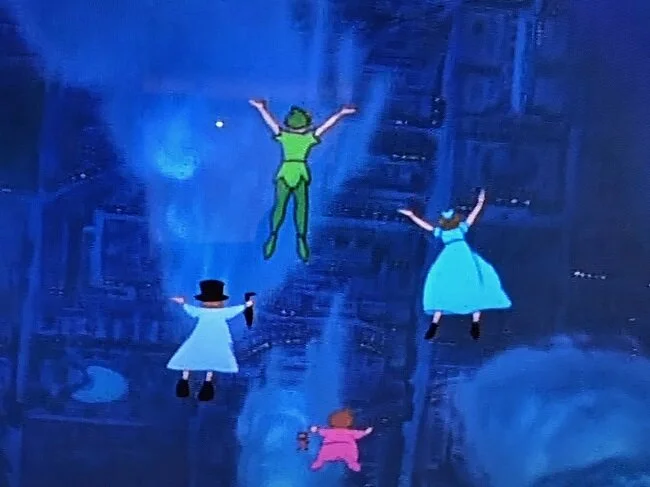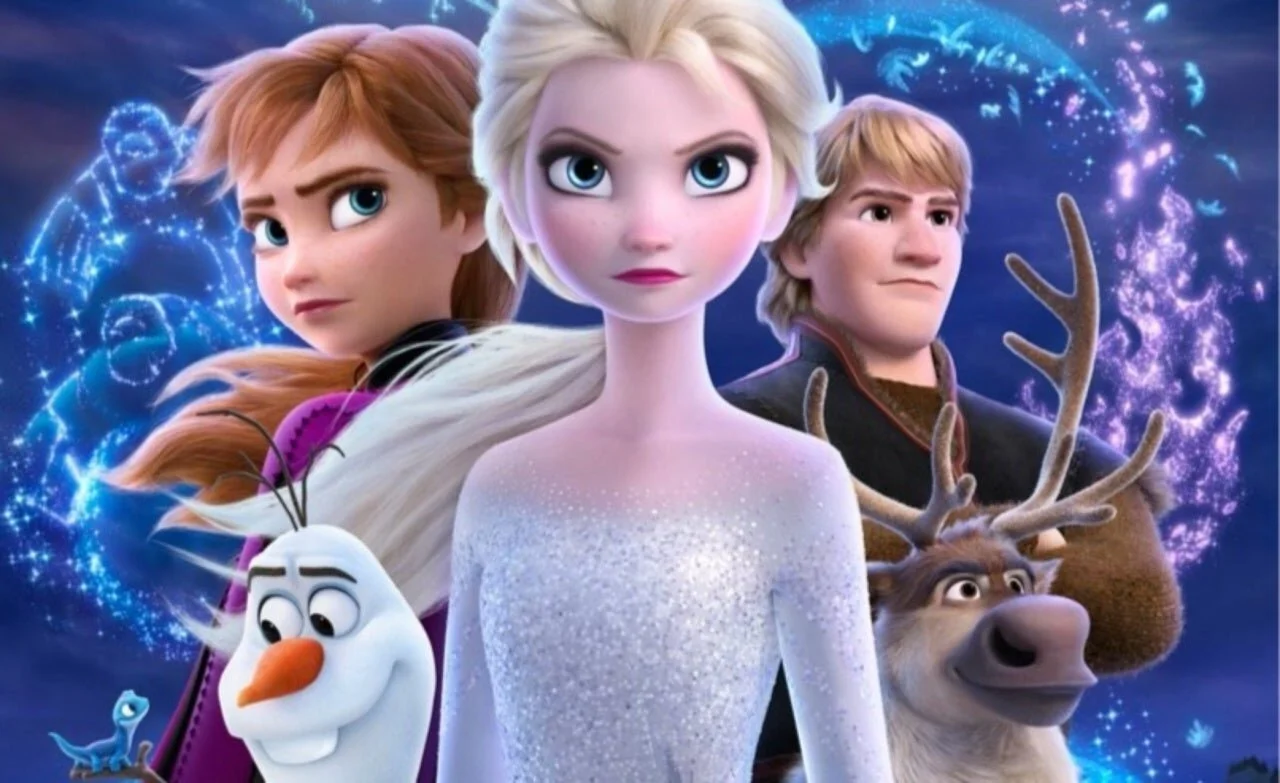As a student, a long time ago, at the University of Warwick, I took a seat in the library one day, the photocopiers nearby chugging and churning away, and opened the new issue (May-June 1992) of Film Comment. As a lifelong devotee (I was only 19) of Steven Spielberg’s movies you can perhaps imagine my astonishment when I turned a page to find an essay entitled “The Panning of Steven Spielberg (Part One),” written by Henry Sheehan. To this day, Sheehan’s piece remains a touchstone in writing about Spielberg’s filmmaking. Limited to the space of a magazine page, Sheehan’s eventual two-part essay made such sense, and it was the first time that I’d really read something about Spielberg’s films that looked so consistently at the film style being deployed across his body of work.
Read MoreA Monster in Paris, a French CG animated feature film directed by Bibo Bergeron in 2011, pays tribute to both the popular tale of “Beauty and the Beast” and the musical “The Phantom of the Opera,” but perhaps not in the way that you would expect. One night, cabaret singer Lucille finds herself face-to-face with the "Monster of Paris," a giant singing flea brought into creation through the mishap of the movie's comedic relief, Raoul, who creates the enlarged insect by accident thanks to mixing magical potions at the Botanical Gardens. Lucille takes the monstrous creature into her care after finding herself no longer frightened but touched, having overheard a song he sings about his heartache in this strange world.
Read MoreDisney’s Encanto (Jared Bush & Byron Howard, 2021) focuses on the Madrigal family and their life in their magical house, or Casita. Every member is given a unique power or “gift” from Casita, as referred to in the film, once they hit a certain age, except for protagonist Mirabel. One night she sees cracks start to form around Casita and realizes that the magic and her family are breaking apart and that she is the only one who can save them. Throughout the film, several characters, including Mirabel’s sisters Isabella and Luisa, exhibit tension and unhappiness in the family that is later revealed to come from matriarch Abuela’s generational trauma (as discussed in an earlier blog).
Read MoreEncanto (Byron Howard & Jared Bush, 2021), Disney’s 60th animated film inspired by Latin-American culture tells the story of a magical family, the family Madrigal. The narrative follows the dynamics of the Madrigal family tree across generations in the town of Encanto, ultimately spearheaded by 15-year-old Mirabel, the only member of the family without magical powers.
Read MoreThis blog post follows on from an earlier sequence analysis of Disney’s Moana (Ron Clements & John Musker 2016) in which I explored the redemption of Te Kā by the opening of an anthropomorphised ocean. In this second post, I will analyse the moments immediately following the opening of the ocean, which sees Moana and Te Kā to come face to face.
Read MoreFrozen’s (Chris Buck & Jennifer Lee, 2013) protagonist, Elsa, is easily the most obviously queer-coded heroine in Disney’s princess films. Both academic analyses and media outlets, as well as a robust part of her fandom, have argued as much (see, for instance, Charania and Albertson 2018; Mason 2019; Rose 2020).
Read MoreThe films of postwar Hollywood often featured wanderers, characters who were “trying to leave behind the tensions of a modern world for the clarity of another place; a place outside history” (Polan 1986, 264). While this character type and narrative structure primarily materialised as a foray from urban spaces out to the country or a transatlantic trip to a different continent, occasionally the stresses of the world merited a journey completely outside reality, depositing characters into fantasy realms.
Read MoreThere is considerable scrutiny of the politics of representation in Disney’s animated screen musicals. With appalling depictions of faceless African American workers in “Song of the Roustabouts” in Dumbo (Ben Sharpsteen, 1941), controversy about the representation of indigenous Americans in Pocahontas (Mike Gabriel & Eric Goldberg, 1995), and lightening the skin of Princess Tiana in Ralph Breaks the Internet (Rich Moore & Phil Johnston, 2018), there have been ongoing questions about limited, fetishized, and often racist characterisations of people of colour in the studio’s films.
Read MoreIn Sylvain Chomet’s first animated feature film, The Triplets of Belleville (2003) there is a key scene in which the main event simply concerns the barking of a dog out of the window at a passing train. This scene, which is going to be explored here in this sequence analysis, connects the childhood of Champion, the film’s main character, to the present time (of the film’s narrative, which takes place around 1950s), when we meet him as a young cycling athlete training for Tour du France, accompanied by his ever present, loving and supportive grandmother Madame Souza.
Read More2019 was a bad year for cats: deaths of notable cats and cat owners, political defeat, and finally, worst of all, Cats (Tom Hooper, 2019) (Fig. 1). When the first Cats trailer was released last summer, it was soon subject to hyperbolic displays of disgust across social media. Reviews of the eventual film were no better. And all the criticisms are true.
Read More











